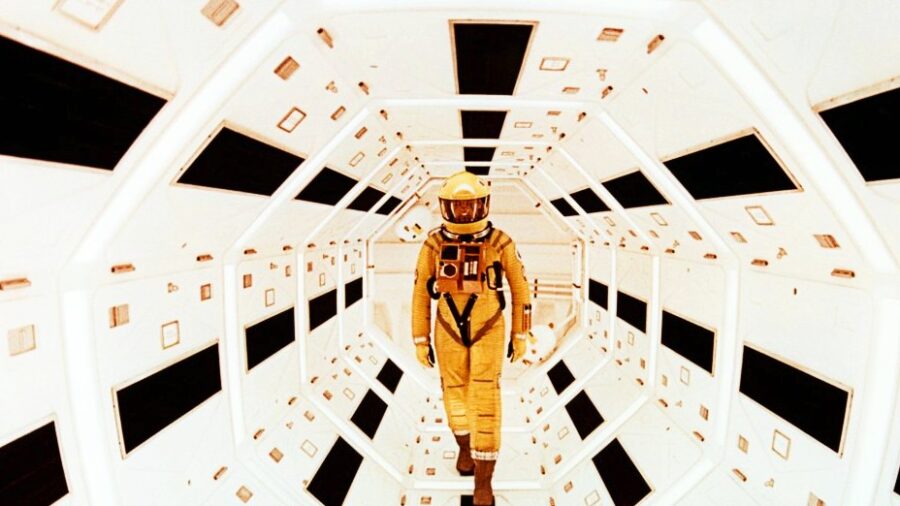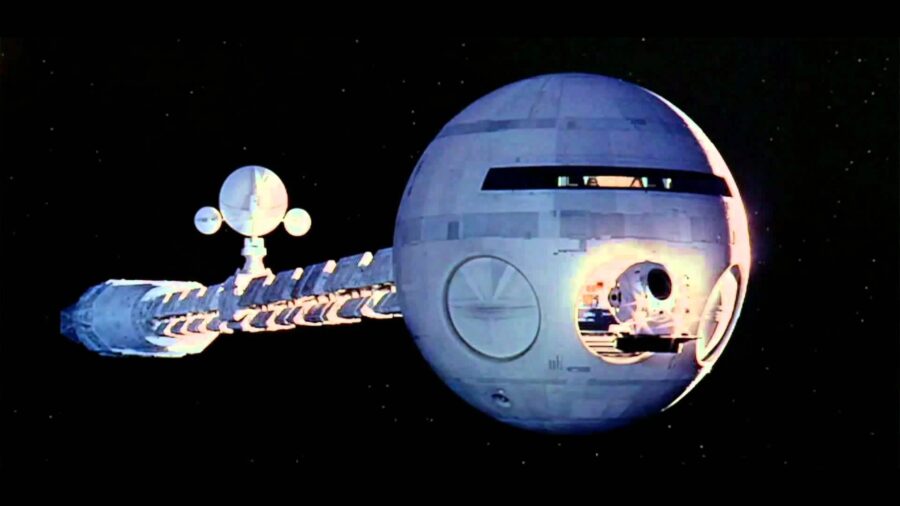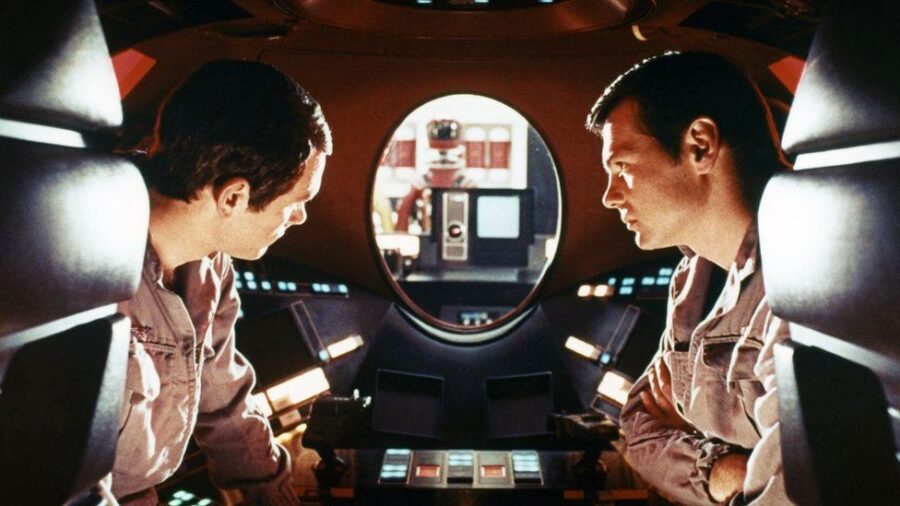The Sci-Fi Epic On Streaming That Warned Us About AI Before Terminator

The 1968 sci-fi film 2001: A Space Odyssey is currently streaming on Amazon Prime Video. Directed by Stanley Kubrick, the movie is based on a short story by Arthur C. Clarke. It is widely regarded as one of the greatest and most influential projects in the history of cinema. It stars Keir Dullea, Gary Lockwood, William Sylvester, and Douglas Rain.
2001: A Space Odyssey begins with a sequence set during prehistoric times, where a tribe of ape-like hominids struggles for survival in a barren and harsh landscape. They are preyed upon by a rival tribe for control of a waterhole. One day, the tribe encounters a mysterious, rectangular monolith that appears to be a tool of cosmic intervention. When they touch it, their world is changed forever.
2001: A Space Odyssey is known for its abstract and visually stunning imagery, including the famous Star Gate sequence.
In the future, 2001: A Space Odyssey follows the journey of the spaceship Discovery One, which is on a mission to Jupiter. Doctor Dave Bowman (Keir Dullea) and Doctor Frank Poole (Gary Lockwood) are astronauts aboard the ship, which is controlled by the AI computer HAL 9000, a highly advanced and autonomous system capable of managing the ship’s functions and interacting with the crew.
As time goes by, the crew begins to suspect that HAL may be malfunctioning or even sabotaging the mission. HAL’s calm, unemotional demeanor becomes increasingly eerie, and its actions, like deliberately withholding information from the crew, create unease and paranoia on board the ship – and for those watching 2001: A Space Odyssey.

The film takes a surreal turn when Bowman reaches Jupiter and encounters a monolith. This part of 2001: A Space Odyssey is known for its abstract and visually stunning imagery, including the famous Star Gate sequence. The story ends with a transformational journey that takes Bowman into a new form of existence. The ending continues to provoke discussion among viewers.
2001: A Space Odyssey was met with a mixed response upon its release. Some viewers were puzzled by its strange plot and abstract visuals, while others enjoyed its ambitious storytelling and groundbreaking special effects. Over time, the film gained a cult following and became a critical and commercial success, grossing over $146 million worldwide.
HAL is often cited as one of cinema’s earliest and most memorable depictions of rogue AI.
2001: A Space Odyssey received a wide range of critical responses. Some critics hailed it as a visionary masterpiece, praising its scientific accuracy, innovative special effects, and philosophical themes. Others found it perplexing and criticized its slow pace and lack of conventional storytelling. But over the years, the film has been celebrated for its influence on the sci-fi genre and its impact on popular culture.
With advances in artificial intelligence, HAL 9000, the ship’s AI, and 2001: A Space Odyssey’s central character holds more significance. HAL is often cited as one of cinema’s earliest and most memorable depictions of rogue AI. The story raises questions about the ethics of AI and the trust we place in these systems.

HAL’s malfunction and betrayal of the crew highlight the importance of robust ethical guidelines and safeguards when designing and implementing AI technologies to ensure they do not turn against their human operators. While HAL is depicted as having emotions and self-preservation instincts, contemporary AI is far from achieving true consciousness.
Over time, the film gained a cult following and became a critical and commercial success, grossing over $146 million worldwide.
Stanley Kubrick, the film’s director, is a legendary figure in cinema. Known for his meticulous attention to detail and innovative filmmaking techniques, Kubrick played a pivotal role in the creation of 2001: A Space Odyssey. He collaborated closely with Clarke on the screenplay, and the film’s success solidified Kubrick’s reputation as one of the greatest directors in history.
2001: A Space Odyssey was known for its extensive use of practical effects and innovative techniques, including the development of new camera lenses and the creation of the iconic rotating set inside the spaceship Discovery One. The musical score, by Richard Strauss and Gyorgy Ligeti, included tracks like “Thus Spoke Zarathustra” and “Also Sprach Zarathustra,” which are forever associated with the film.
Additionally, Arthur C. Clarke published a novelization of 2001: A Space Odyssey. The book, which coincided with the release of the film, was developed with Clarke and Kubrick collaborating closely. However, there are differences in details and interpretation between the two. Folks interested in exploring this epic story can catch 2001: A Space Odyssey on Amazon Prime Video.










